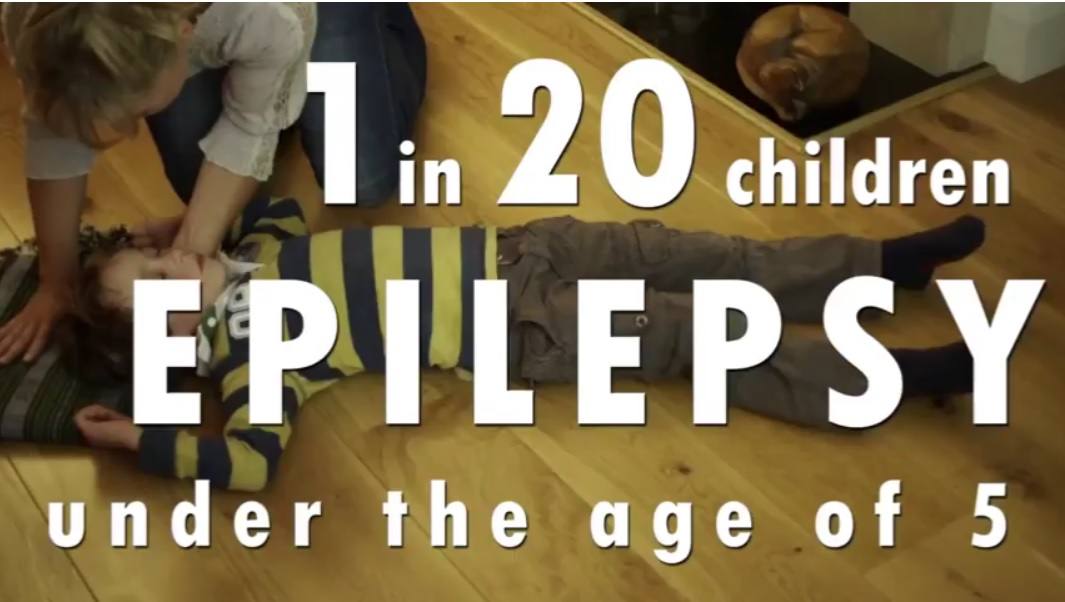The Global Epidemic of Mercury Toxicity and Autism
In nature, toxic metals generally are bound with other elements rather than being present in their pure form. However, with the advent of large-scale industrial processes to extract metals from naturally occurring compounds, humans let the genie out of the bottle, contributing significantly to the distribution of mercury, aluminum and other heavy metals in the environment. When released from nature’s semi-protective hold, these “invariably toxic” metals wreak havoc on living systems, including humans, animals and plants alike. Modern-day scientists have been amassing evidence of mercury’s toxicity for decades, with a growing focus in recent years on the metal’s association with neurodevelopmental disorders, including autism spectrum disorder (ASD). A new review article in the multidisciplinary journal Environmental Research pulls together a wide body of literature with the aim of summing up current research and emerging trends in mercury toxicology. Geir Bjørklund, the study’s lead author, is the founder of Norway’s non-profit Council for Nutritional and Environmental Medicine and has published prolifically on topics related to heavy metals, autoimmune disorders and ASD.




